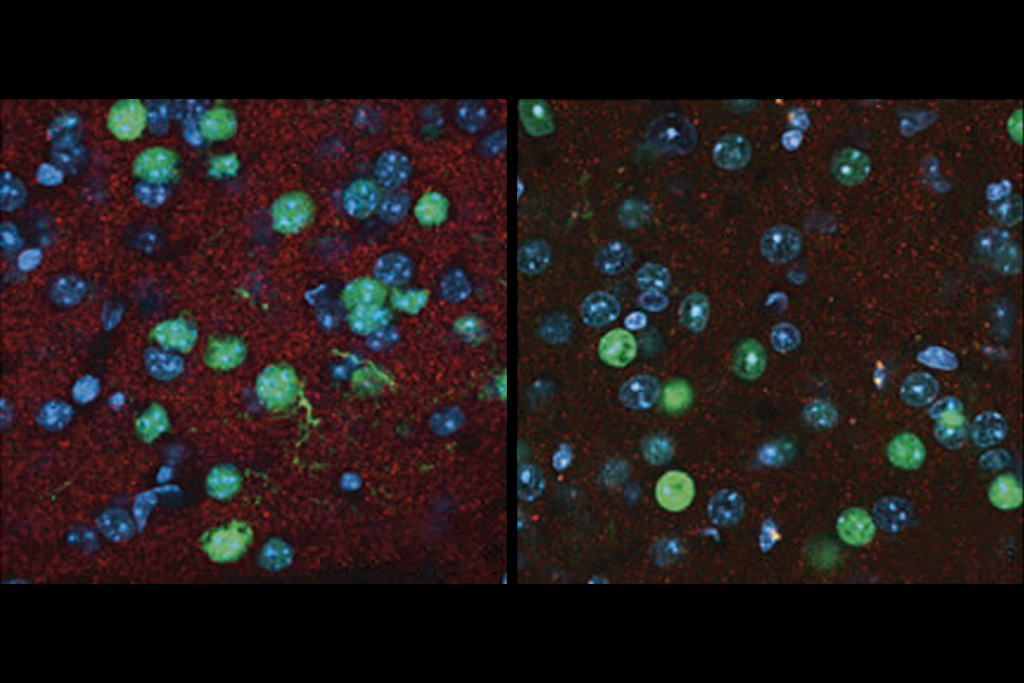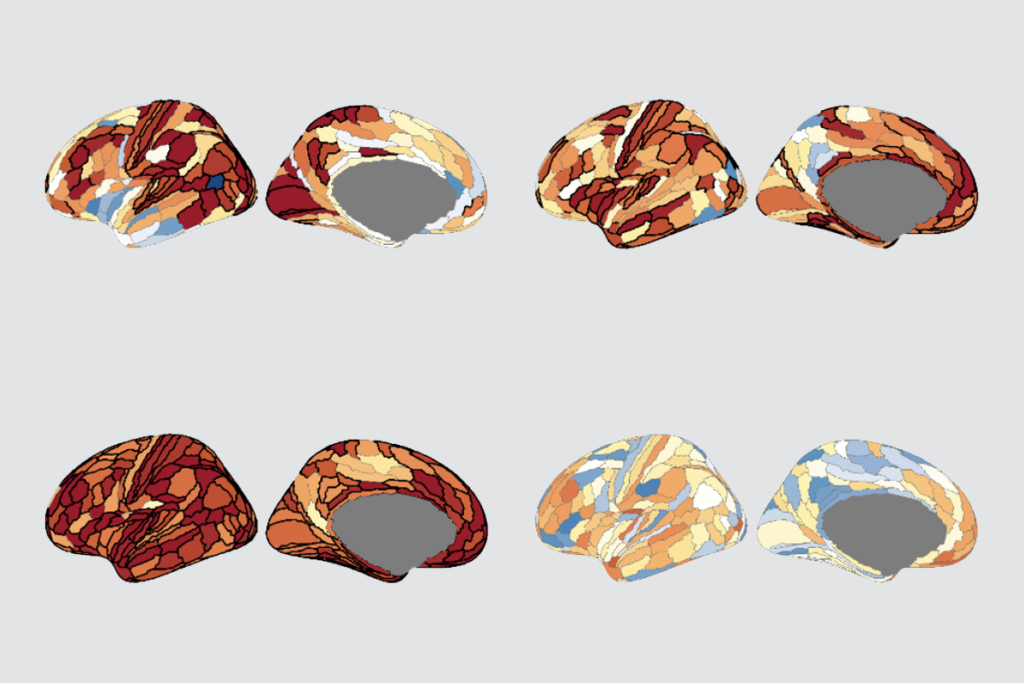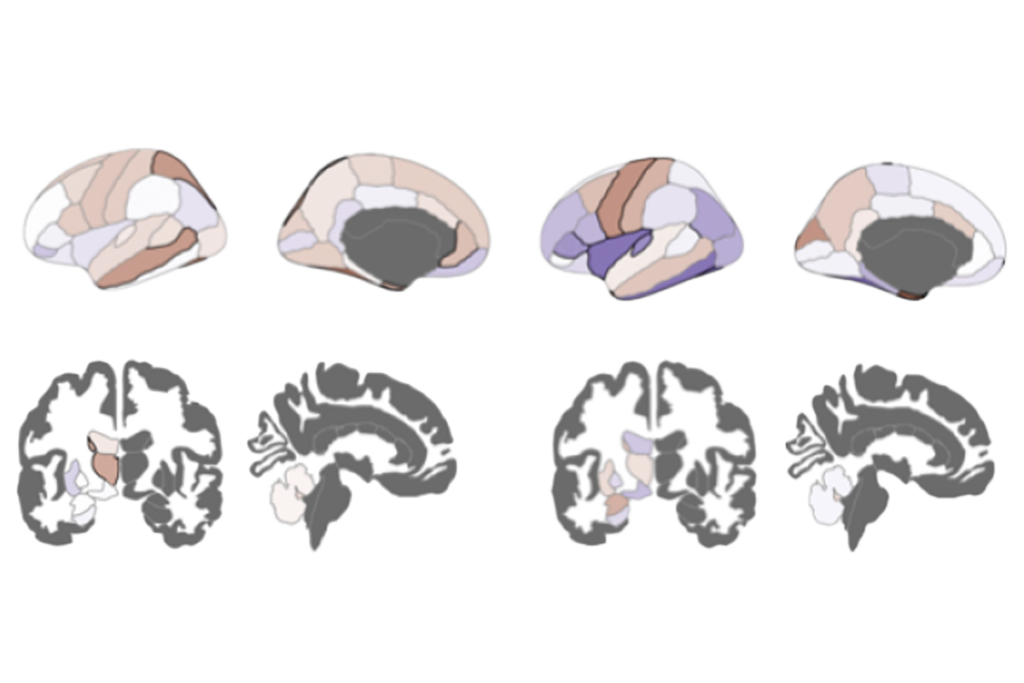Molecular mechanisms: Regulatory RNA altered in autism
Postmortem brains from individuals with autism have abnormal levels of long non-coding RNAs, which regulate the expression of genes, according to a study published 5 September in the Journal of Molecular Neuroscience.
Postmortem brains from individuals with autism have abnormal levels of long non-coding RNAs, which regulate the expression of genes, according to a study published 5 September in the Journal of Molecular Neuroscience1.
Entire networks of genes are expressed differently in postmortem brains from individuals with autism than in controls. Many of these networks are involved in brain development, suggesting that altered gene expression may set the fetal brain on a path towards autism.
A number of factors regulate gene expression. These include microRNAs — small fragments of RNA that do not code for protein. Studies in the past few years have shown that the levels of microRNAs differ between postmortem autism brains and control brains.
In the new study, researchers looked at the expression of long non-coding RNAs. At about 200 nucleotides, these RNAs are roughly ten times longer than a microRNA.
Long non-coding RNAs were originally thought to have no function. They are now known to influence gene expression, in part by interacting with enzymes that modify the structure of chromosomes. They are expressed in distinct brain areas at specific times in fetal brains, suggesting that they play a role in brain development.
The researchers looked at 33,000 of these RNAs and found that 222 are expressed differently in two postmortem brains from individuals with autism than in two control brains. Of the 222, 82 are expressed only in the prefrontal cortex, which regulates cognitive function, and 143 are unique to the cerebellum, which is involved in motor control, attention and language.
The RNAs that are abnormally regulated in autism brains are likely to influence the expression of 381 genes, the study found. Most of these genes are involved in the development of the cerebral cortex and contain DNA sequences that bind to microRNAs.
The results suggest that long non-coding RNAs influence the expression of autism genes, including SHANK2, BDNF and UBE3A. This last gene is imprinted, meaning that expression of its paternal copy is silenced. Long non-coding RNAs have been implicated in imprinting.
References:
1: Ziats M.N. and O.M. Rennert J. Mol. Neurosci. Epub ahead of print (2012) PubMed
Recommended reading
Home makeover helps rats better express themselves: Q&A with Raven Hickson and Peter Kind

Genetic profiles separate early, late autism diagnoses

SHANK3 deficiency and behavior in mice; and more
Explore more from The Transmitter

Autism-linked copy number variants always boost autism likelihood

Structural brain changes in a mouse model of ATR-X syndrome; and more
